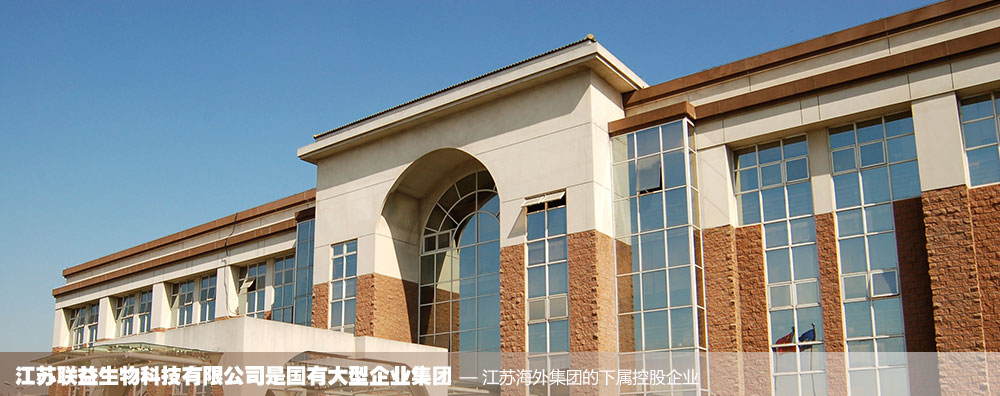
以下5種情況時你的寵物需要麻醉
寵物誘食劑研發(fā)生產(chǎn)商江蘇聯(lián)益生物科技有限公司和您一起分享
PRE-ANESTHETIC BLOOD WORK – the internal organ function blood tests gives your veterinarian a glimpse of how your pet’s internal organs are functioning – liver, kidneys, etc. Once your veterinarian reviews the results, they can make important decisions on the anesthesia protocol they will use and make changes it accordingly. For instance, if your pet has slightly elevated liver values indicative of sub-optimal liver function, your veterinarian can use this information to select an anesthetic drug that is metabolized less in the liver. Your veterinarian also could postpone any elective procedures if they feel your pet is too high of a risk for anesthesia. Many times your veterinarian may allow you to decline this test – but there is risk involved. Furthermore, you can opt for more extensive blood work to include additional internal organ values and a complete blood cell count. This more extensive blood work is recommended yearly after your pet is 2 or 3 years of age.
INTRAVENOUS CATHETER AND INTRAOPERATIVE FLUID THERAPY – having an intravenous (IV) catheter is important for your pet when they have IV medication given and for routine maintenance IV fluid therapy. If there is any unusual anesthetic events during the procedure it is helpful to have an IV catheter already in place, therefore any drugs needed for arrhythmias or life threatening situations can be administered immediately. IV fluids allow for the maintenance of your pets fluid volume and blood pressure.
MONITORING – during the procedure your pet should be monitored for proper heart rate, oxygen saturation, blood pressure, and temperature by a trained assistant. Additional monitoring devices including a pulse oximeter, capnograph, esophageal heart monitor, and / or Doppler or automated blood pressure monitor will enhance the monitoring capabilities while you pet in under anesthesia.
MANAGEMENT / EXAM –Your veterinarian should examine your pet before and after the procedure and determine if your pet is fully recovered from the procedure. Additionally, your pet may need additional drugs before, during and after the surgery. This can range from pre-operative antibiotics and/or pain medications, including nerve blocks, or epidural injections, to intra-operative and post-operative medications. Many veterinarians do not allow for owner’s to opt out of additional pain medications if needed. There may be an additional charge involved.
EDUCATION – A good veterinarian – patient – client relationship is essential and will help you understand what to expect for your pet during and after anesthesia and surgery. Often this is explained as the discharge instructions and is given by a veterinary technician or assistant. Although discharge instructions are often clearly written and very helpful, it is best to ask any questions before an unexpected problem arises at home so that you know how to react quickly. For example, many pets can experience nausea after general anesthesia – so offer your pet a small amount of water when you get home first and if they keep it down then you can offer a small amount of food. If they keep that down, then they most likely are not having symptoms. If they do vomit, then they need more time and wait to introduce anything for 2 more hours. If vomiting continues or your pet has not eaten, or seems to have not fully recovered for any reason within 24 hours, you will need to contact your veterinarian immediately.
Copyright © 2008-2015 江蘇聯(lián)益生物科技有限公司 版權(quán)所有
寵物誘食劑,寵物風(fēng)味劑,寵物雞肝粉,寵物零食oem,寵物雞胸肉,寵物零食
Powered by PageAdmin CMS
